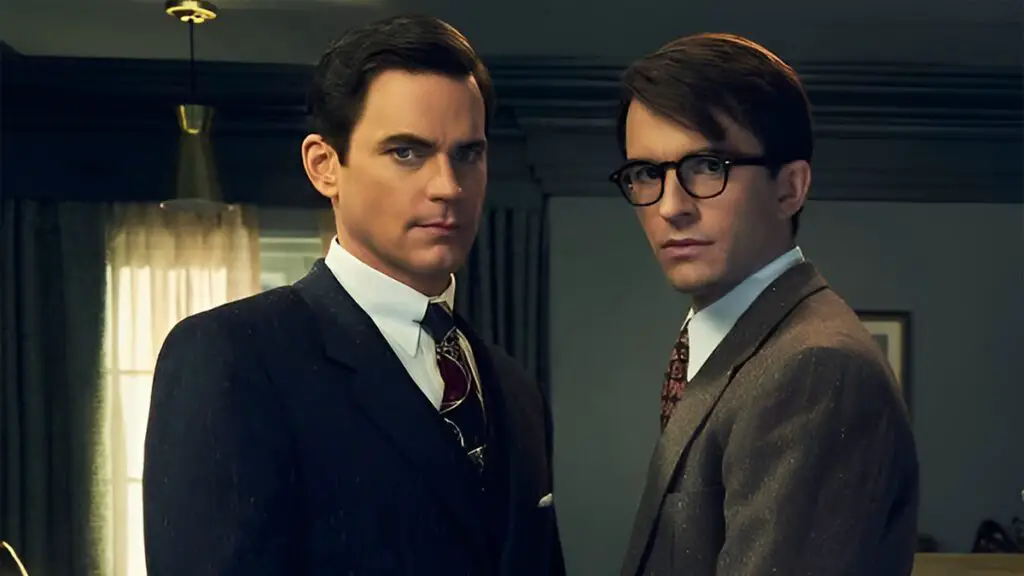Set against the foreboding backdrop of America’s Lavender Scare, the new Showtime series “Fellow Travelers,” inspired by Thomas Mallon’s 2007 novel, weaves a poignant narrative of forbidden love amidst social and political upheaval. The series, spanning four decades, tells the tale of Hawkins Fuller, a charismatic State Department official, and Tim Laughlin, a devout Catholic and McCarthyite, as they navigate their complex relationship in a time when their love could cost them everything.
Ron Nyswaner, the creator and executive producer, believes that love stories of those “not meant to be together” hold a unique allure, highlighting the “attraction of opposites” dynamic between Hawkins and Tim. Hawkins embodies a fearless survivor who shuns love, fearing the vulnerability it demands, while Tim views life as a mission to better the world, his faith and values standing in stark contrast to his lover’s. This dichotomy raises the stakes in their romance, set against a historical context where their association could lead to ruinous consequences.
The show delves into the covert strategies employed by gay individuals in the 1950s Washington D.C., a hub for young, ambitious Americans looking to make a mark. It was a time when matching a gay person with a member of the opposite sex for public appearances was a common tactic for safety. Despite its LGBTQ storyline, Nyswaner emphasizes that “Fellow Travelers” taps into the universal human experiences of grief, loss, heartbreak, and joy, resonating beyond the LGBTQ community.
The Journey Through ‘Fellow Travelers’: An Evolution of Love and Characters

“Fellow Travelers” is not merely a historical narrative; it presents a rich tapestry of human emotions and relationships, traversing through times that range from the 1950s McCarthy era to the height of the AIDS crisis in the 1980s. The series unfolds as an aesthetically pleasing period piece, gradually improving after a heavy first half that accurately captures the tension and paranoia of being gay during the Lavender Scare.
The cast, led by Matt Bomer and Jonathan Bailey, portrays a multifaceted portrayal of characters who must reconcile their personal desires with societal expectations. The initial episodes, while criticized for their emphasis on the characters’ misery, eventually give way to significant character development. Hawk transforms into a more sensitive individual, while Tim finds his own strength, both growing through their experiences and the changing societal landscape.
Apart from the main characters, the cast includes Jelani Alladin and Linus Roache, who bring depth to the story, highlighting different facets of the era’s prejudices. Alladin’s character, Marcus Hooks, navigates the dual challenges of racism and homophobia, while Roache’s Senator Smith represents the political counter-current to McCarthyism.
In its entirety, “Fellow Travelers” is a reflection of Nyswaner’s growth as a writer and producer since his days of “Philadelphia.” His commitment to presenting LGBTQ characters as complex and flawed—as much as their heterosexual counterparts—stands as a testament to the progress in storytelling within the LGBTQ narratives. Through Hawk and Tim’s journey, the series captures the essence of human resilience and the enduring power of love, even in the face of insurmountable odds.


